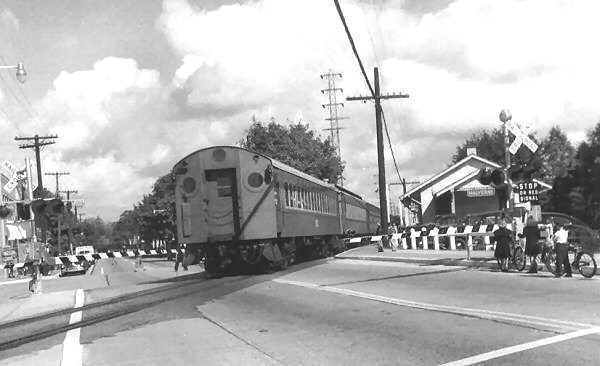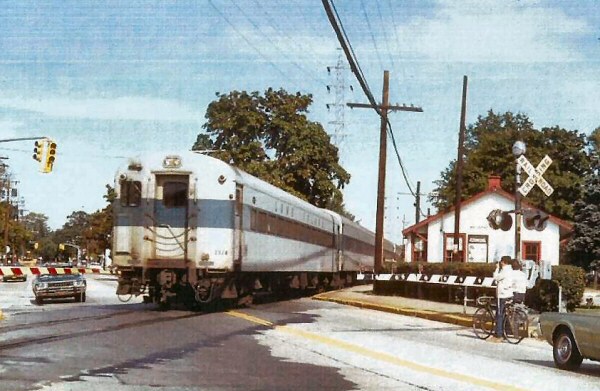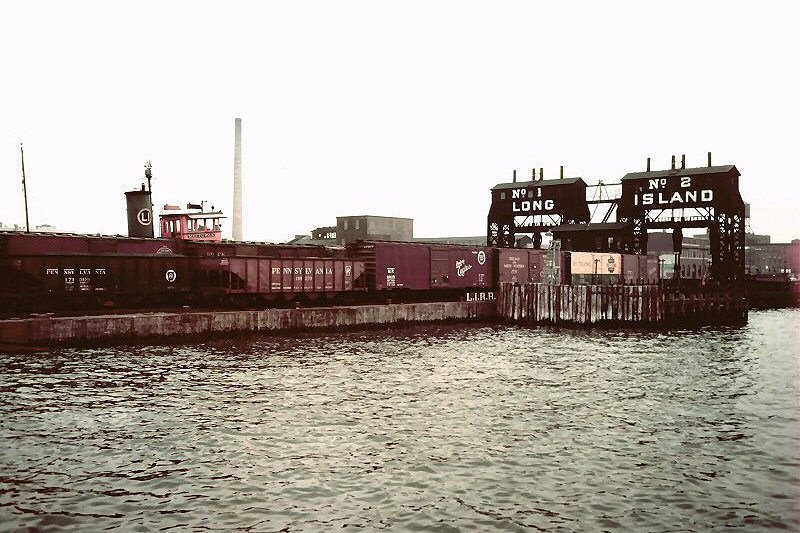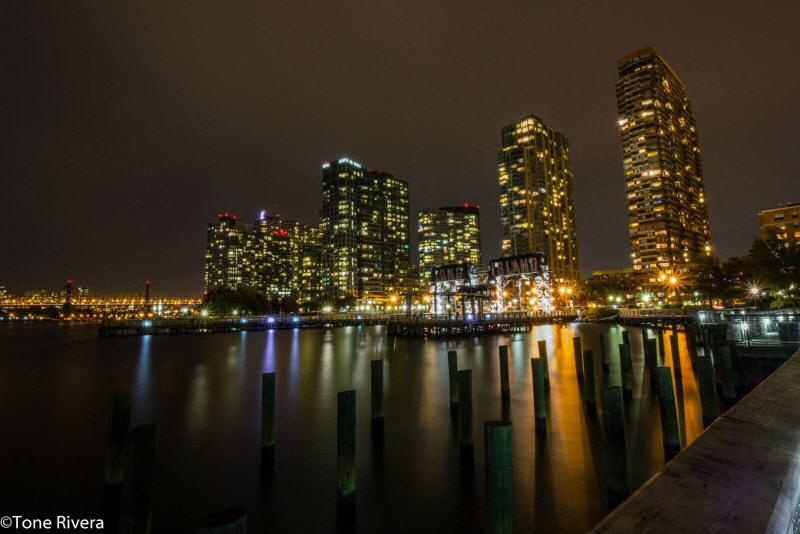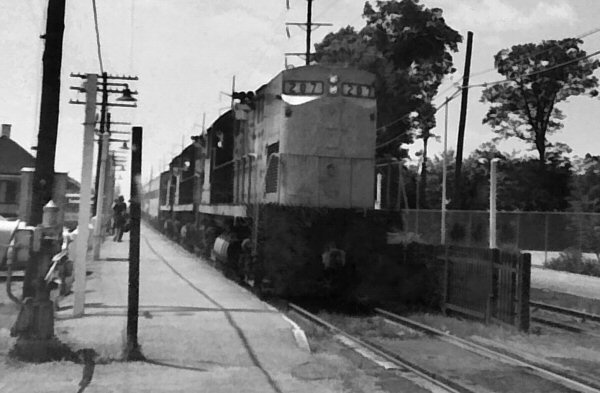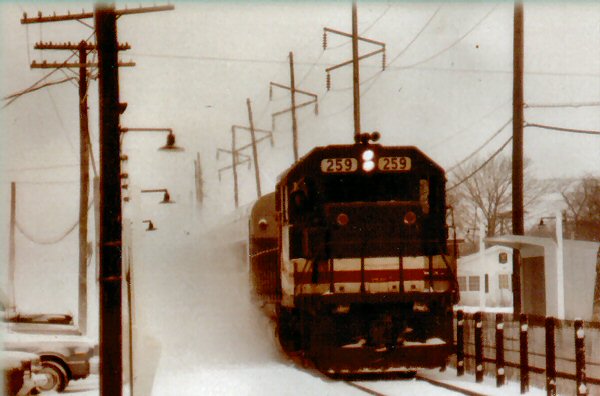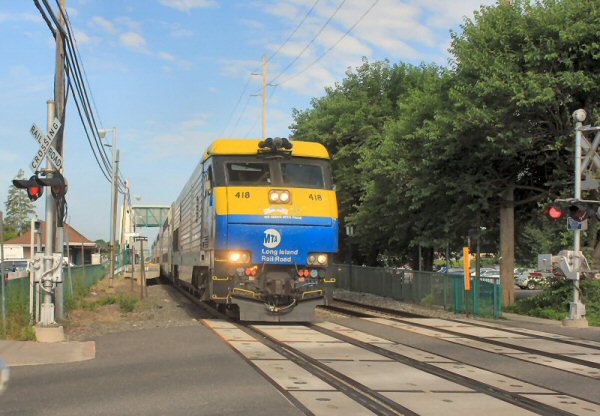jayrmli wrote:Red paint may have been around, but red Scotchlite paint was invented I believe around 1973. This is also when highway barricades went to orange as well.
Jay and Everyone:
Scotchlite is reflective sheeting that was invented by the 3M corporation back in I believe the early 1960s...The LIRR began to use red replacing black on crossing gates beginning in the early
70s and began using hollow fiberglass box beams to replace wooden crossing gates...
I also note the round reflectors on the black sections of the wood gate in the 1973 picture - I remember them being the same white reflectors that were sold in hardware stores and used on bicycles and placed on roadside objects to make them more visible...
Sometime during that early to mid 70s time period a decision was made to install gates at all LIRR crossings replacing those with only signal lights or crossbucks regardless of how much train traffic there was over any given line...Perhaps Tool may remember when and why this decision was made concerning grade crossings...
EXPRESS TRAIN TO NEW YORK PENN STATION-NO JAMAICA ON THIS TRAIN-PLEASE STAND CLEAR OF THE CLOSING TRAIN DOORS

